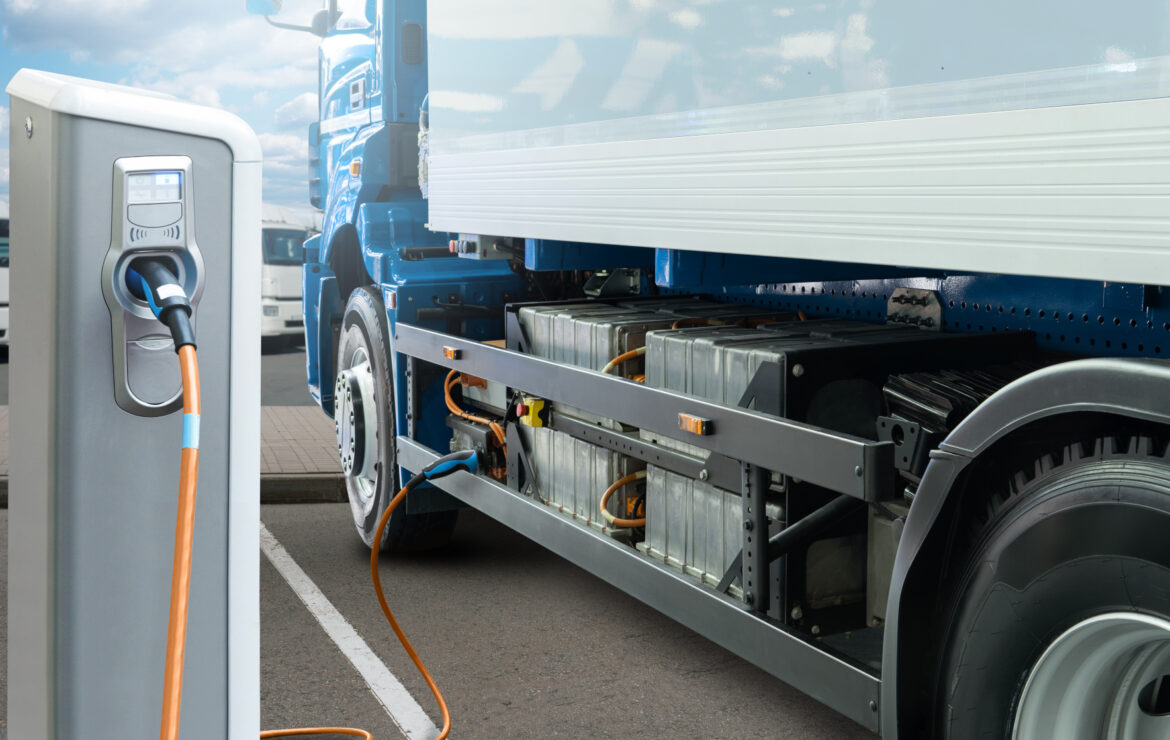
Electric Vehicles and an American Manufacturing Renaissance
Opportunities for American EV innovation and manufacturing through market demand and smart legislation
The U.S. has a rich history of manufacturing prowess, and its future lies in advanced technologies like complex electronic systems and microelectronics that make electrified transportation possible. The ramp-up of U.S. manufacturing capacity–from modest two-wheelers to building-sized mining trucks–is advancing rapidly. This momentum is driven by a confluence of market demand from government policies and incentives, the favorable economics of domestic production, and a vigorous spirit of innovation and entrepreneurship.
The White House is incentivizing investment in renewable energy and energy storage technologies to support America’s clean energy transition. By backing the development and deployment of these technologies through policy, the government is promoting a manufacturing ecosystem that generates high-quality jobs and reduces greenhouse gas emissions. Policies like the Inflation Reduction Act (IRA) and Infrastructure and Investment Act (IIA) have allocated significant funding towards sustainability, particularly for zero-emission vehicles. The IRA provides tax credits for new and used EVs. At the same time, the IIA focuses on increasing EV adoption in public and commercial transportation and supporting the expansion of EV manufacturing capabilities. These efforts will help grow American manufacturing and accelerate the adoption of clean energy technologies.
With the domestic EV market projected to grow to over $137 billion by 2028 at a CAGR of roughly 25%, the commercial EV segment has started to challenge passenger vehicles as the primary driver of growth, with more OEMs announcing EV plans and technology partnerships. This growth and legislative action providing significant financial incentives have created an unprecedented opportunity for U.S.-based EV suppliers in all vehicle segments. While tax incentives have a more visible and direct impact, there are massive, albeit less visible, opportunities for positive economic impact in the U.S. that manufacturing companies and their respective jurisdictions must act on quickly.
For very large commercial EV platforms, and increasingly for passenger vehicles, prohibitively high freight costs have brought final assembly stateside; the ecosystem of component suppliers is following suit much more slowly. Many economic benefits of transportation electrification have yet to materialize for this ecosystem of domestic component and sub-system manufacturers.
A portion of the $369 billion of the IRA is designated for rebates and tax incentives for electric vehicles, including up to $40,000 for commercial EVs built in North America. This ‘Buy America’ standard is already in effect for the Environmental Protection Agency’s Clean School Bus Program and the Federal Transit Authority’s Low or No Emission competitive transit program, among others. The bill further mandates that half of the EV batteries in those vehicles come from the U.S., Mexico, or Canada by 2024 and 100 percent after 2028. These incentives will stimulate manufacturing capacity in North America by increasing American-made content, ensuring that the economic impact of pro-EV legislation benefits the American economy.
Beyond demand for EVs from consumers and industry, the public sector is also shifting to electrified transportation.
- The United States Postal Service (USPS), which benefits from the IRA with $3 billion to transition the fleet to zero-emissions vehicles, announced in July 2022 that it expects at least 50 percent of Next Generation Delivery Vehicles (NGDVs) to be battery electric vehicles (BEVs). Additionally, of the 34,500 commercial off-the-shelf (COTS) vehicles the USPS plans to acquire to supplement operational needs, as many as possible will be BEVs. After the July announcement, USPS announced it awarded contracts for 9,250 commercially available BEVs from Ford.
- The Massachusetts Bay Transportation Authority (MBTA), which began its transition away from fossil-fuel-powered buses with the purchase of five battery-electric buses in 2019, is another. Under the IRA, the agency has access to additional funding to add electric buses and modernize bus facilities to support its goal of operating a fully electrified fleet by 2040.
- Capital Metro Transportation Authority (CapMetro) in Austin, Texas, recently announced that it had been awarded $20 million from the Buses and Bus Facilities Program of the Federal Transit Administration (FTA). CapMetro intends to use these funds to build a new Demand Response Operations and Maintenance Facility and expand related programs to ensure that the agency can provide services sustainably and efficiently as it approaches its goal of electrifying its fleet by 2035.
The IIA drives EV adoption by supporting the deployment of the charging infrastructure required to support large-scale electrification and funding to replace thousands of end-of-life transit vehicles, including buses, with zero-emission vehicles. Transit agencies can apply for funding to acquire zero-emissions buses from the FTA through the Low or No Emission Vehicle Grant and Buses and Bus Facilities programs, which are funded to the tune of $1.66 billion for FY2022. This is a significant boost for transit agencies that rely on federal funds for 80%-85% of the purchase price of domestic-content electric buses, further benefiting American manufacturing.
Automotive manufacturing communities and related suppliers in the U.S. are in the best position to benefit from the growth of American-made EVs through expansion or the building of new manufacturing facilities. To make U.S. manufacturing cost-competitive with imports, the IRA includes provisions such as the Section 45X Advanced Manufacturing Tax Credit, which provides a new production tax credit to manufacturers of eligible components produced and sold domestically to an unrelated party, mitigating the risk for manufacturers. Through demand-side and supply-side stimuli, along with organic market demand, American manufacturing capacity in EV-related industries has the potential to gain significant momentum through the following:
- Substantial investment in electric transportation from the public sector (buses, trains, ferries) and companies leveraging the federal incentives, both in the form of EVs and the requisite charging technology, driving demand for domestic products and services
- Developing and producing EV technology domestically as demand for the same increases, which means a ramp-up of American manufacturing capacity that drives investment and job creation
- New construction, service, and maintenance jobs are required to build and support the necessary charging infrastructure to serve all those new EVs
The transition to zero-emission transportation can be an economic boon for the U.S. economy, provided that more EVs–and more of what’s in them–are produced domestically. This growth means expanding manufacturing facilities, including work for contractors, new full-time jobs, and the positive economic knock-on effects typically enjoyed by host communities. This opportunity should not be missed.





